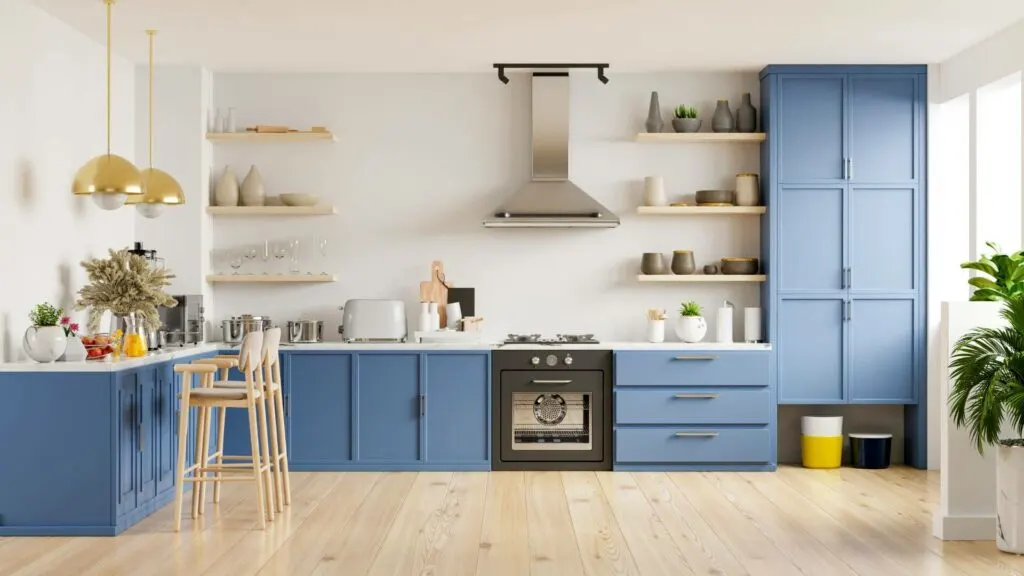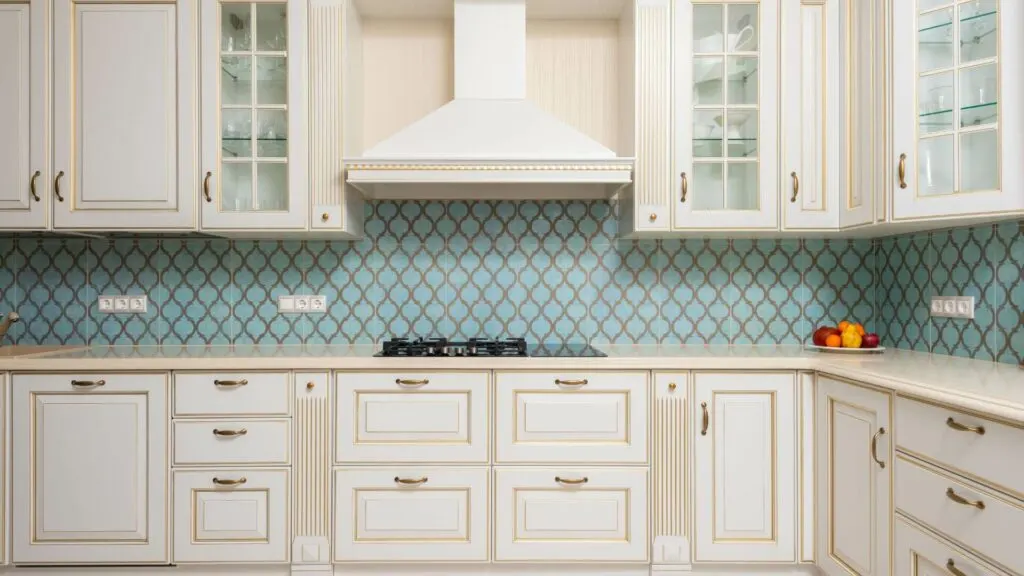Choosing the right kitchen cabinets is a pivotal aspect of any kitchen renovation project. The vast array of styles, materials, and designs available can make the selection process seem daunting. This guide aims to simplify that process, equipping you with the knowledge needed to make informed decisions about your kitchen cabinetry.

Online vs. In-Store Cabinet Purchasing
When deliberating between the online purchase of kitchen cabinets and visiting a store with affordable rta cabinets, it’s crucial to weigh the benefits of each approach. In-store shopping allows for tactile evaluation of cabinet quality, direct consultation with design professionals, and a clearer perception of materials and finishes. This hands-on experience can be invaluable for those seeking reassurance in their investment. On the flip side, online retailers offer an expansive assortment of cabinet styles and configurations, often at a more attractive price point due to lower overhead costs. Online platforms also provide customer reviews, which can offer insights into the quality and customer service experiences of different brands. Balancing these considerations is essential for a choice that best fits your project’s specific needs and constraints.
Importance of Kitchen Dimensions
Understanding the spatial dynamics of your kitchen is fundamental in selecting cabinets that optimize functionality and aesthetic appeal. Beyond ensuring cabinets fit physically, considering dimensions in relation to the kitchen’s overall layout aids in maintaining a harmonious balance between storage needs and spatial freedom. For instance, the incorporation of corner cabinets can maximize storage in tighter spaces, whereas larger kitchens may benefit from the addition of an island for additional workspace and cabinetry. Engaging with a kitchen designer or utilizing design software can help visualize how different cabinet dimensions and configurations will interact with your kitchen’s unique layout, ensuring a harmonious and practical design outcome.
Selecting the Right Cabinet Style
The cabinet style should not only reflect your personal aesthetic but also complement the architectural elements and color scheme of your home. For instance, traditional homes may benefit from the classic elegance of raised-panel cabinets, which feature intricate detailing and depth. In contrast, minimalist or modern homes might lean towards flat-panel or slab cabinets, known for their clean lines and uncluttered appearance. Considering the cabinet’s finish and color in relation to the kitchen’s lighting and existing color palette is also crucial. Lighter cabinets can help make a small kitchen feel larger and brighter, while darker hues can add a touch of sophistication and depth to larger spaces.
Material and Wood Type Choices
Selecting the right material for your kitchen cabinets involves balancing durability, maintenance, and aesthetic preferences. Solid wood remains a popular choice for its longevity and timeless appeal, with options like cherry, maple, and oak offering a range of colors and grain patterns. However, engineered woods such as MDF (Medium Density Fiberboard) or plywood can provide a more cost-effective solution, offering durability and resistance to warping. For those seeking an eco-friendly option, bamboo cabinets are both sustainable and sturdy, with a distinctive grain pattern that adds a unique aesthetic touch. Each material brings its advantages and considerations, from the warmth and character of natural wood to the affordability and moisture resistance of engineered alternatives.
Hardware and Finish Selection
The choice of hardware and finishes is a key factor in defining the overall look of your kitchen. Hardware options range from modern, minimalist pulls to ornate, traditional knobs, each capable of altering the cabinet’s aesthetic. Finishes, too, play a critical role in cabinet appearance, with options including natural wood stains, paints, and glazes. Each finish can accentuate the material’s natural beauty or contribute to a bold, statement look. Additionally, the durability of the finish is essential for kitchen cabinetry, as it needs to withstand frequent use and cleaning. Opting for high-quality hardware and finishes can significantly enhance the longevity and appearance of your cabinets.

Kitchen Cabinet Installation Tips
For those opting to install kitchen cabinets themselves, a few key tips can ensure a successful outcome. Starting with the base cabinets allows for easier manipulation of the space and alignment of the wall cabinets above. Using a level during installation is crucial to prevent issues with cabinet doors or drawers in the future. Additionally, securing cabinets to wall studs provides stability and safety, particularly for heavy countertop materials. For complex layouts or installations beyond your comfort level, hiring a professional installer can prevent potential issues and ensure a polished, durable finish.
By considering these detailed aspects of cabinet selection and installation, homeowners can navigate the complexities of kitchen renovation with confidence, resulting in a space that is both functional and reflective of their personal style.

Jessi is the creative mind behind The Coffee Mom, a popular blog that combines parenting advice, travel tips, and a love for all things Disney. As a trusted Disney influencer and passionate storyteller, Jessi’s authentic insights and relatable content resonate with readers worldwide.
